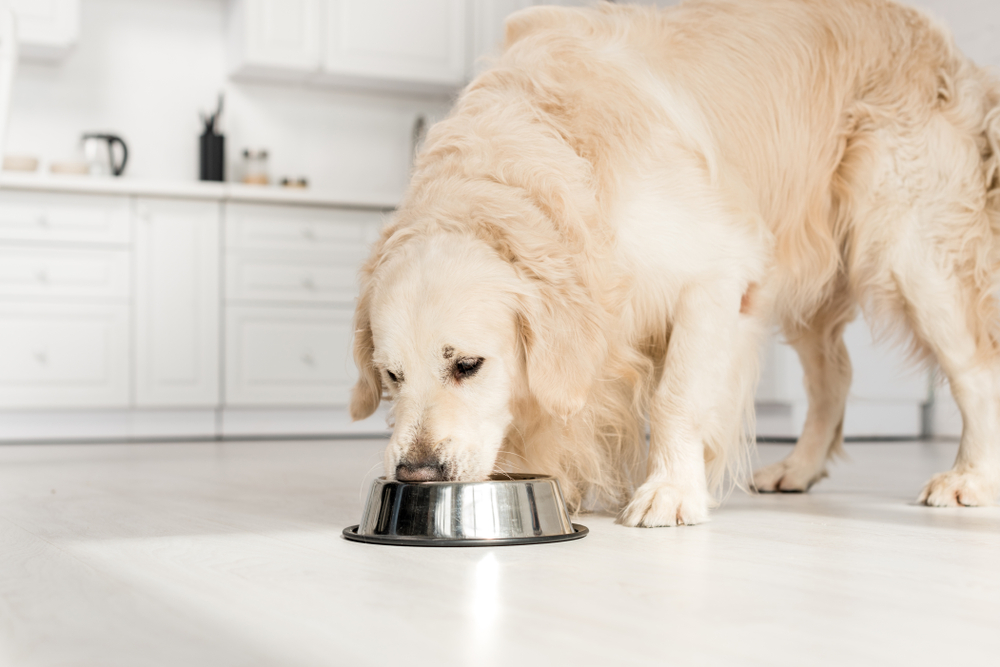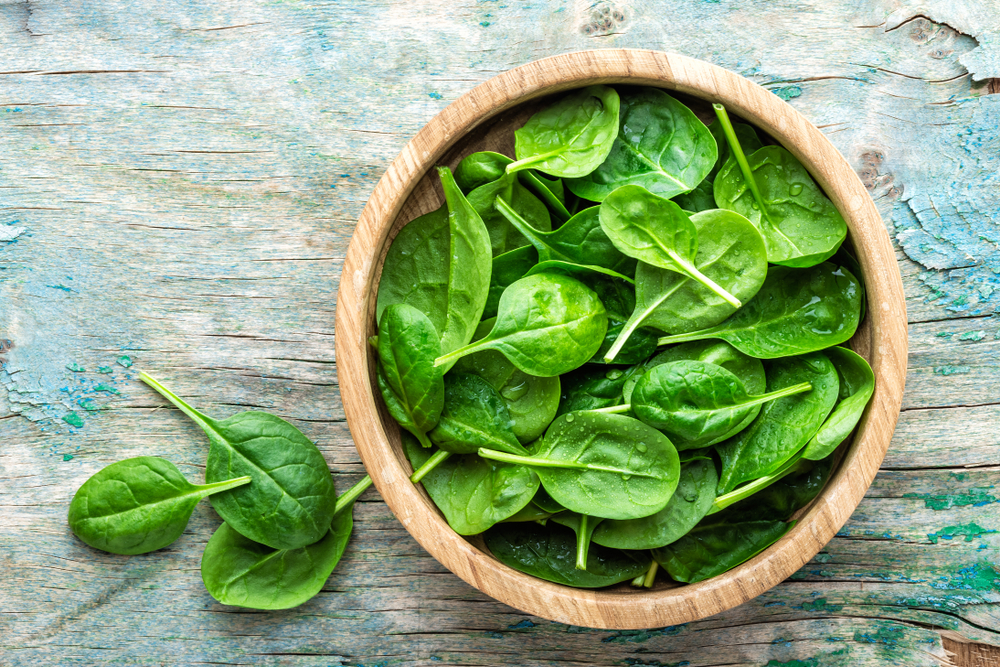Cabbage is considered a healthy vegetable for humans, and one that we are encouraged to eat regularly as part of a balanced diet. It is also non-toxic to dogs, and, when fed in moderation, can make a beneficial addition to your dog’s diet, too.
However, it does produce gas, which can be unpleasant for everybody, not just your dog, and too much gas-producing food may be an issue for some dogs. Read on for more information about this green vegetable including how much you should feed your dog, and how best to prepare it for them.


Why Can Dogs Eat Cabbage?
Cabbage is low in calories but high in fiber and nutrients. It is not toxic, either, which means it is safe to feed your dog. However, it can lead to the production of gas. While cabbage can make a healthy addition to your dog’s diet when fed in moderation, it should not form a primary constituent ingredient in the diet.


Benefits of Feeding Cabbage to Dogs


When fed in moderation, cabbage can make a healthy addition to your dog’s diet. In particular, it offers the following health benefits.
- Digestive Fiber – Cabbage is especially high in dietary fiber. Fiber helps ensure that your dog forms healthy stools and can pass them easily, therefore helping fight constipation, diarrhea, and other gastrointestinal problems. Even if your dog doesn’t suffer from these conditions, ensuring they get enough fiber in their diet can help ensure that remains the case.
- Immune System Support – A healthy immune system is good for your dog. They will be able to fight off minor infections more easily. Vitamins C and K, which are both found in cabbage, are especially good at supporting the immune system.
- Rich In Nutrients – As well as vitamins C and K, cabbage contains potassium, manganese, and a variety of other minerals. Your dog needs a good variety of minerals and nutrients, and in decent quantities, and cabbage can help achieve this.
- Helps with Weight Management – Cabbage is low in calories and high in fiber. This means that it will leave your dog feeling full while ensuring they don’t consume too many calories. Because the food is nutrient-rich, it means they can get many of their dietary requirements while staying lean.
- Packed with Antioxidants – Antioxidants fight free radicals, which can have negative effects in the body. The flavonoids and polyphenols found in cabbage are powerful antioxidants and make beneficial additions to your dog’s diet.
How to Prepare Cabbage for Your Dog


Cabbage can be fed in moderation, and it can be served raw or gently cooked. However, you should avoid feeding cabbage that you have prepared for yourself if it contains additional ingredients and additives like onion and garlic. Both of these ingredients are toxic to dogs, and they can cause serious problems.
Dogs can eat white or red cabbage or a combination of the two. However, cabbage can have a somewhat pungent taste, which may put some dogs off, while its fibrous texture might be good for stool formation, it can make it difficult to chew which might mean your dog won’t appreciate it.
To feed cabbage to your dog, make sure it is properly washed and cut into bite-sized chunks. You can feed the pieces raw as a treat, put them on top of your dog’s food as a little extra healthy additive, or you can gently steam or boil them before serving, to make them easier to chew and digest.


The 5 Dog Safe Vegetables That Cause Less Gas
Vegetables contain a lot of vitamins and minerals that dogs need in their diet. However, you do need to be careful of which vegetables you feed. Some, like onions, can be toxic, while others, like cabbage, cause a lot of gas. Here are five dog-friendly vegetables that cause less gas and are safe to feed to your dog, at least in moderation.
1. Celery


Celery has a sharp taste, which might put some dogs off, but if yours will stomach this green salad item, it contains vitamins A, B, C, and K, as well as potassium and manganese. It can promote good vision and even helps freshen bad breath, but it is a diuretic so feeding too much can cause your dog to urinate more.
2. Broccoli
Like cabbage, broccoli, which is from the same family, is a good source of dietary fiber. It also contains vitamins A, C, E, and K. Start by feeding a very small amount of broccoli, however, as it can cause stomach pains in some dogs. If you notice your dog in discomfort after eating broccoli, try a different vegetable.
3. Carrots


Carrots are crunchy and dogs usually either love them or hate them. But, they are packed with fiber as well as vitamins B, C, D, E, and K. They are also low in calories and pack a good crunch, which some dogs love.
4. Potatoes
Raw potatoes contain solanine which can be toxic to dogs, which means you must cook potatoes before feeding. You should also avoid feeding mashed potatoes that contain too much butter, and don’t add salt. But, feeding cooked potatoes can provide a good way to liven up otherwise boring dog meals.
5. Spinach


Spinach contains vitamins A, C, and E, along with iron and magnesium. It can also help fight inflammation. However, spinach is relatively tasteless and lacks texture, so many dogs may not eat spinach on its own.


Conclusion
Cabbage is a crunchy vegetable that humans are encouraged to eat more of. And, as long as your dog doesn’t suffer bouts of gas, it is a healthy addition to your dog’s diet, in moderation. It can be quite fibrous, so you will need to cut it into bite-sized chunks, but you can either feed it raw or gently steamed.
Steaming can make it easier to chew, swallow, and digest. Feed on top of your dog’s meals, give it as a healthy treat, or combine it with your dog’s fresh meals.
Featured Image Credit: itor, Shutterstock






